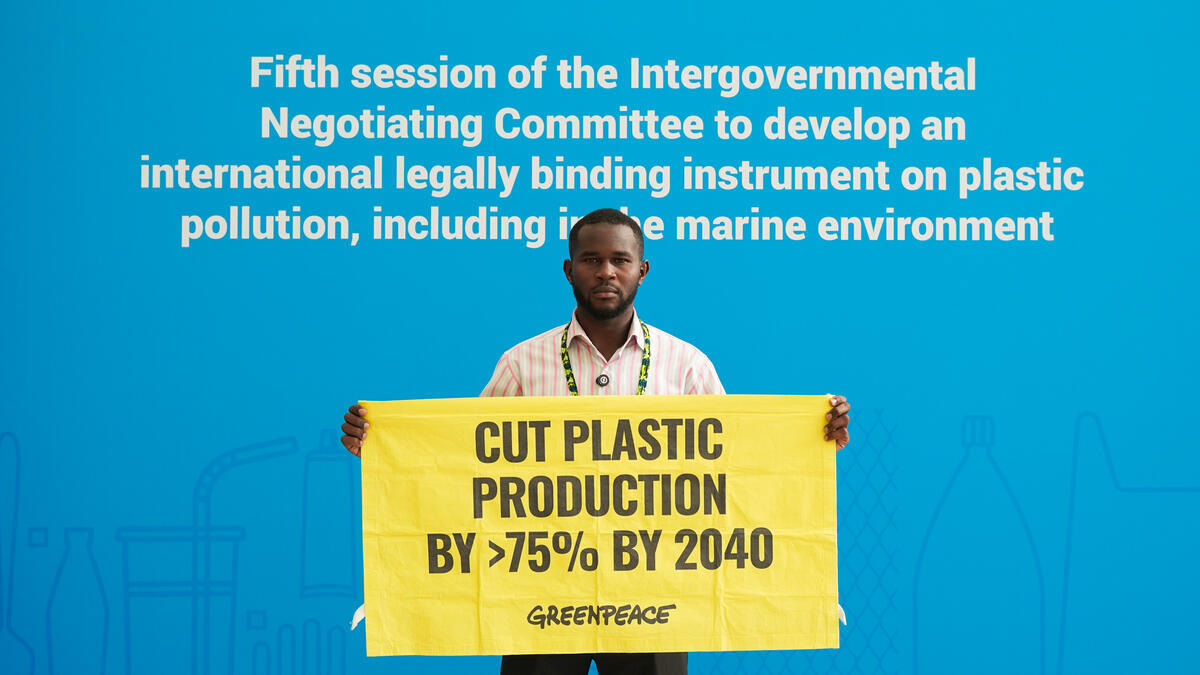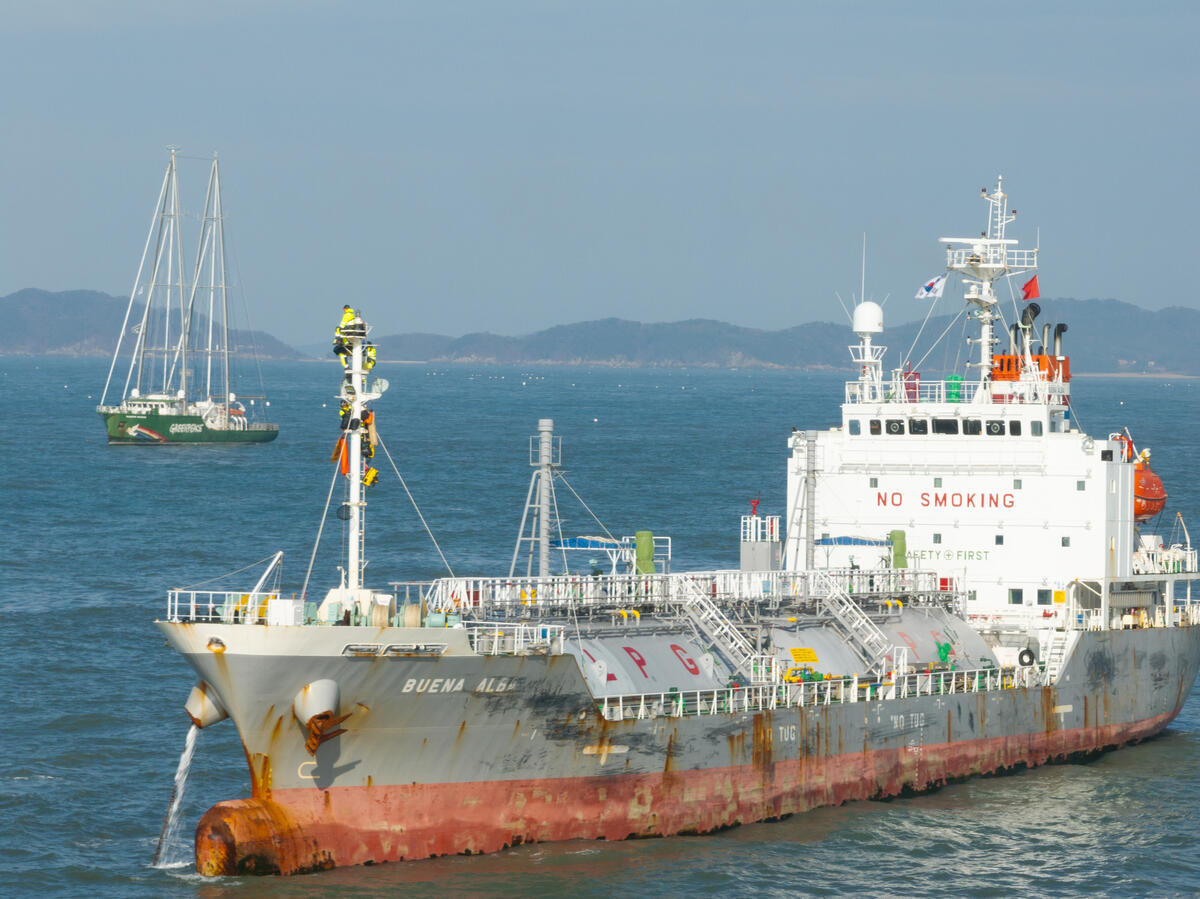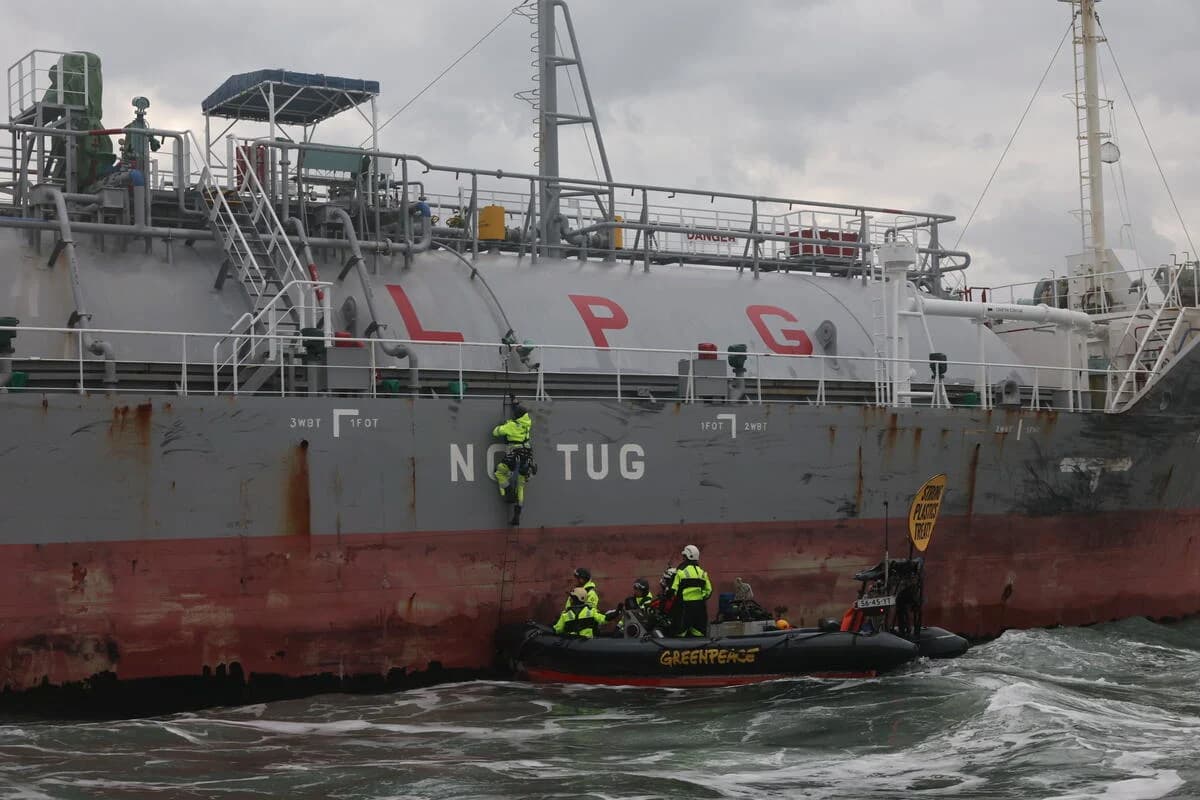Burning rubbish to make electricity sounds too good to be true because there’s a big catch.
New proposals to build a ‘waste-to-energy’ incineration factory in Waimate and a waste ‘pyrolysis’ factory in Feilding are false solutions to the plastics pollution crisis.
Burning rubbish does not make it all disappear. It also creates toxic ash waste (about 20% by weight, 10% volume) and toxic emissions to air.
Chimney filters don’t capture all the toxic pollutants or the carbon emissions. They clog up with toxic pollutants that need to be disposed of, and then the filters need to be replaced.
These pollutants include cancer-causing dioxins and toxic additives in plastics such as lead, mercury, and cadmium.
Just because they don’t billow out as thick black smoke, emissions from waste incinerators still contain invisible pollutants like dioxins that are highly toxic and can cause cancer, reproductive and developmental problems, damage to the immune system, and can interfere with hormones.
Burning a lot of rubbish also requires a lot of fuel to get it to burn. In countries with waste incineration factories such as China the waste is usually burned using coal. That means more carbon emissions to air and more ash.
The $350 million incinerator proposed in Waimate by a consortium called SIRRL (which is 60% owned by waste incineration giant China Tianying and its subsidiary company EUZY) would burn 350,000 tonnes of waste per year. That would also require burning a huge amount of coal per year, further increasing Aotearoa’s carbon emissions.
Waste-to-energy incineration is greenwash
Incineration and pyrolysis are dirty old technologies that are being greenwashed by their promoters to make them seem more palatable – like mutton dressed as lamb.
Pyrolysis is to all intents and purposes the same as traditional waste incineration but in an enclosed chamber without oxygen. Bioplant Energy touts itself as an Australian renewable energy company, hoping one of their seven live proposals will become their first project. The Feilding pyrolysis proposal is to use synthetic diesel to heat mixed solid waste including plastics to produce a combustible oil and a gas that are then burned to generate energy, and for the charred remnants to also be used as a type of solid ‘fuel’.
The problem with burning these by-products is that it would release more toxic dioxins to air, and create even more carbon emissions and toxic ash.
Waste incineration and pyrolysis factories are also very expensive and take years to build, but only support a small number of jobs once they start-up. Waste reduction systems and resource recovery infrastructure like zero waste hubs are better, more cost-effective options that also create more jobs.
It’s better to spend limited public funds on proven ways of reducing plastics and other wastes, genuine zero waste and recycling systems (for paper, cardboard, aluminium, steel, glass), and composting systems. Landfills are only a transitional method of disposal for residual waste, and must be phased-out as zero waste systems are put in place.
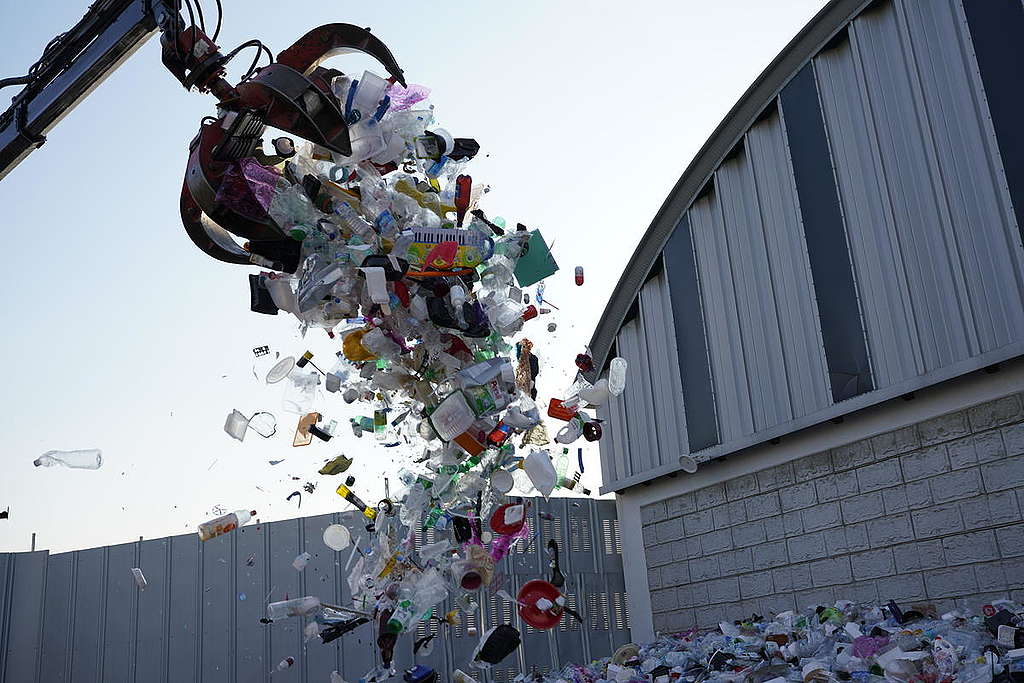
It can be done. For example, San Francisco (pop. 875,000) has diverted 80% of waste going to landfills since 2009 by requiring all businesses and residents to sort their waste into recyclables, compostables, and residual waste. If they can do it, why can’t Aotearoa?
Zero waste is the solution
Building waste incineration and pyrolysis factories in Aotearoa would be a disaster for efforts to reduce plastics and other wastes. They would undermine efforts to reduce waste and cut carbon emissions by creating an unhealthy incentive for more waste to be produced to constantly keep ‘feeding the monster’.
Government and councils need to invest in the shift to a zero waste circular economy rather than funding false solutions like waste-to-energy incineration.
That means investing in zero waste policies that create a circular economy, new zero waste hubs that reduce waste and recover resources, new composting systems, and only supporting genuine recycling. These are easier, cheaper, and faster to establish, require less money to build, and also employ far more people.
It can be done. For example, a nationwide container deposit scheme would be far better at reducing plastic waste in Aotearoa than collecting ever-more single-use plastic bottles and burning them in polluting waste incinerators.
TAKE ACTION
A ‘waste-to-energy’ incineration factory proposal in Sydney was rejected recently by strong community opposition. Greenpeace Aotearoa is calling on the Waimate and Fielding communities – and their councils – to do the same.
- Please share this story and/or email Jenny Hughey (chair of ECAN, the consenting council) urging ECAN not to issue consents for the proposed waste incineration factory in Waimate because of its dioxin and carbon emissions, and its negative impact on efforts to reduce waste and shift Aotearoa to a zero waste circular economy: [email protected]
If you can’t attend, please email Manawatu mayor and district council chair Helen Worboys, urging the council not to issue any consents for the proposed pyrolysis waste incineration factory in Feilding because of its emissions, and its negative impact on efforts to reduce waste and shift Aotearoa to a zero waste circular economy: [email protected]
Michael Szabo is a former Greenpeace Aotearoa Campaign Manager. He is also the author of Making Waves I & II, a history of Greenpeace in Aotearoa (1971-1990; 1991-2021), and has been writing on environment and conservation issues for 30 years, including in New Scientist, Sunday Star Times, NZ Geographic, and Forest & Bird. He is also editor of Birds New Zealand magazine.
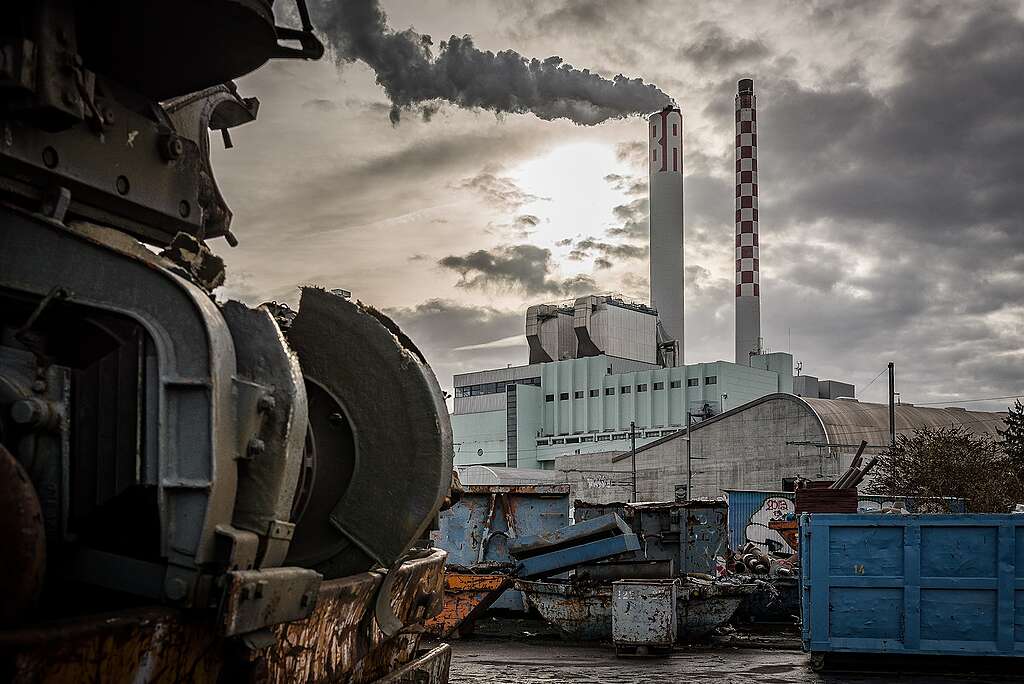
Waste to energy plants burn rubbish for electricity, but release dangerous chemicals and emit carbon dioxide into the atmosphere.
TAKE ACTION
